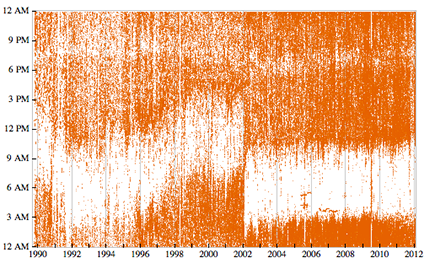Figure 20-5: What two-plus decades of e-mail data looks like.
Metrics for E-Mails and Schedules
The concept of tracking your own data and using it to inspire or author cool new innovations has been around for a while. For example, Stephen Wolfram, founder of Wolfram|Alpha, a new kind of data-driven search engine, has been tracking his calendar and e-mail since 1989 (see Figure 20-5).

Source: http://blog.stephenwolfram.com/2012/03/ the-personal-analytics-of-my-life.
Tracking your e-mail may seem counterintuitive, but think of what your e-mail use (and keystroke count, if you decide to track that also) over time can tell you: Sleep patterns (from before the era of tools like the Fitbit and offline sleep studies), travel patterns, your error rate when typing, your preferences for programs and tools and how they change over time, spikes in activity, and habits.
Add in schedule or calendar tracking over time, and you get a snapshot of your life which, paired with health and fitness data, can help you not only make personal changes but use the metrics to inspire others or create new business ideas. In fact, in Figure 20-6, you can see Stephen Wolfram’s calendar tracking demonstrates that while many things have changed for him over time, the hour reserved for a meal with his family never wavers, showing he has clear priorities in spite of an incredibly busy schedule.
Figure 20-6: ...
Get Social Media Metrics For Dummies now with the O’Reilly learning platform.
O’Reilly members experience books, live events, courses curated by job role, and more from O’Reilly and nearly 200 top publishers.

